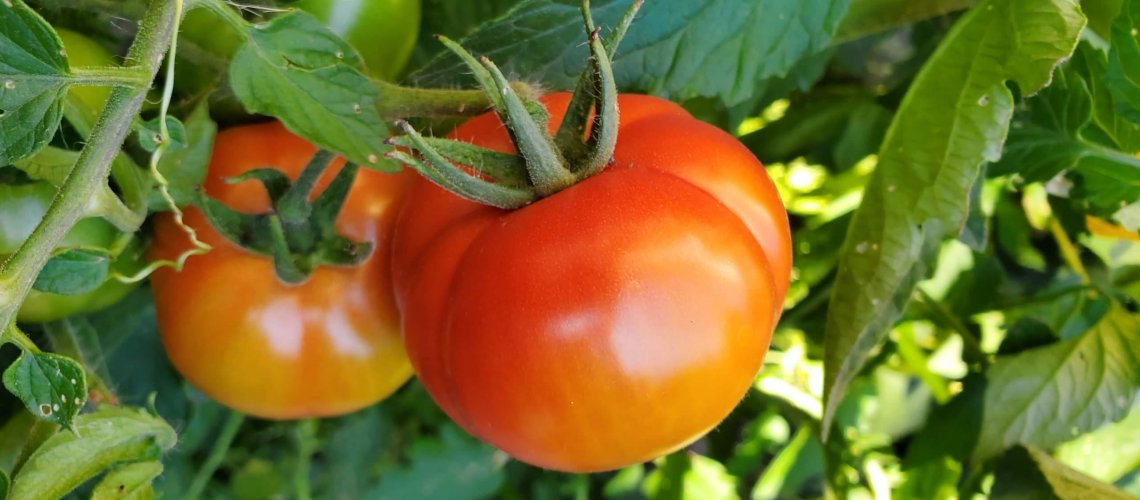A young homeowner went to a small local garden centre to get some garden tools. As he left, he said, “Good-Bye.” The owner did not respond. “Why didn’t you respond?” he said. “You’ll be back.” And he was, not once, but twice. The third time he went to another store.
We waste a lot of time because we don’t plan ahead as we perform our daily garden tasks. Have a plan and follow it. Make lists on what to do. Our memory, especially when we are busy, is not reliable.
Good soil makes gardening easier. Prepare your soil to a depth of up to 16 inches of fertile soil. To get that depth, double dig and add a considerable amount of compost. Plant roots need oxygen. To maintain the oxygen level in the soil, do not compact it by walking on it. The easiest way to accomplish the above is to have raised beds, four feet wide and as long as you want.
Gardening with raised beds is a major time saver. Thinning and weeding can be done at any time, wet or dry. Crop rotation is simple. Make a paper plan of your garden and record what and where you grew, and in January write down where and what you plan to plant in the spring.
Use vertical structures such as trellises, poles, stucco wire, or rebar mats to increase your yield from small spaces. Cucumbers, pole beans, winter squash, tomatoes, and peas like to grow up. Place high rising plants such as peas where they will not shade sun-loving plants.
Have an assortment of tools such as a shovel, hoe, rake, fork, trowel, watering can, pruning shears, and garden clippers. Have a specific place to store each and put them back after use; this will save you time in not having to look for them. Have a number of 5-gallon pails to carry soil, weeds, water. Purchase two rain barrels and a watering can.
Dress for success with knee pads, a garden hat, and garden gloves.
In January, especially if you are a first-time gardener, develop a plan on what you want to plant, usually based on what you like to eat. How much of each vegetable do you want to plant? For example, 200 lineal feet of carrots will feed a family of four until March. Do you want that many carrots? Don’t plant more than two hills of zucchini. Determine how much garden space you can allocate to each vegetable you plan to plant.
Once you have decided what to grow, determine where and when you plan to grow them. Some, such as tomatoes and squash like it hot with lots of light. Lettuce, spinach, or cabbage-like it cool and a bit shady. Carrots, potatoes, onions, and peas can tolerate some shade, but the yield is less Most annual flowers must be set out after the last frost. Make a list of what seeds to buy.
As spring approaches, plan on when to plant each vegetable or flower. Some vegetables such as lettuce or spinach can be planted in late April. Carrots, onions, cabbage, or peas can be planted in early May. Potatoes, tomatoes, and beans can be planted in late May.
During the summer, save time by weeding as soon as the weeds are large enough to be pulled out. Thin vegetables as proper spacing will double or triple the yield at harvest time. Inspect your garden at least once every two days to help you to identify watering requirements and garden pests that can cause major damage to your garden.
In the fall, prepare your garden for the spring by removing weeds, adding compost, smoothing the beds, constructing or maintaining the raised beds and vertical structures.
Keep a log of all your gardening activities. Record the seed variety, when you planted it, how long it took to germinate when you first started to harvest, and how you stored the excess. This will help you next year to decide what to do.

Recent Comments